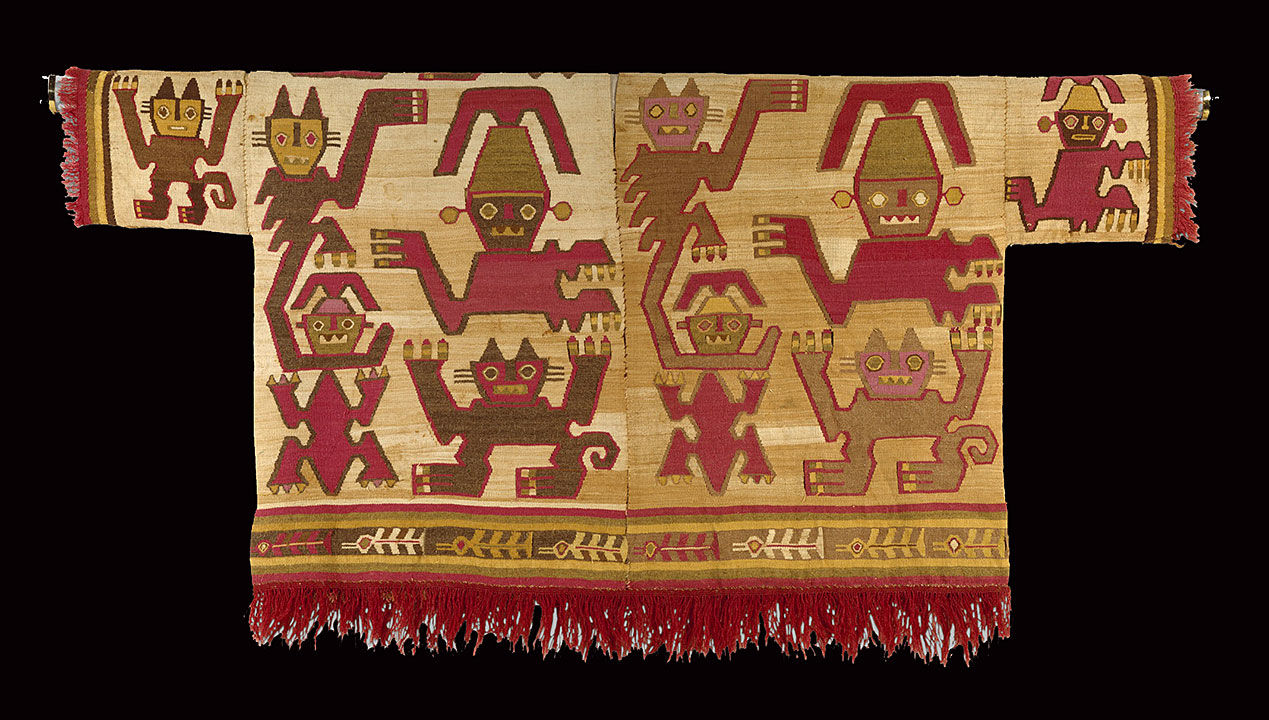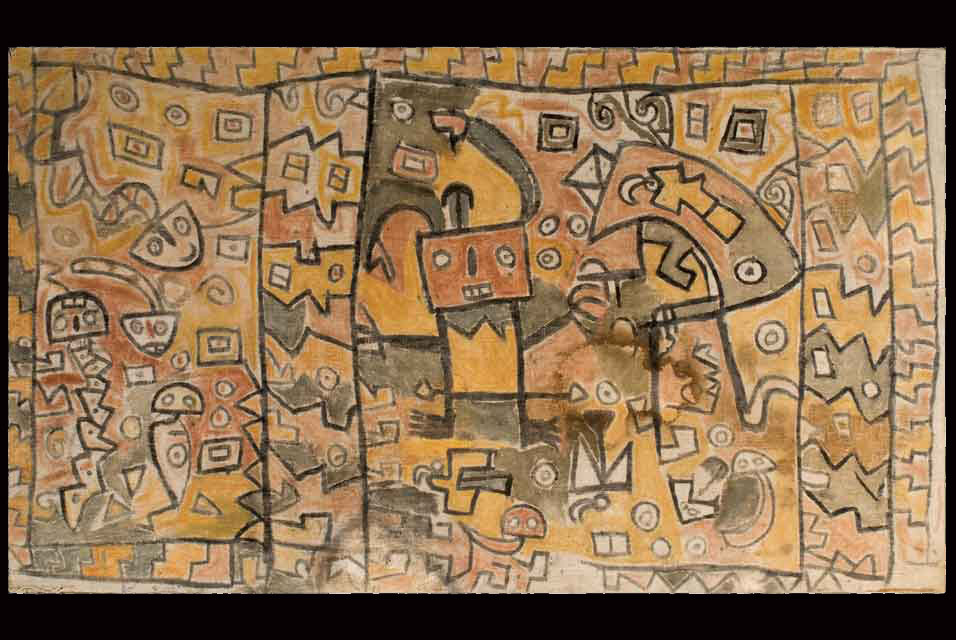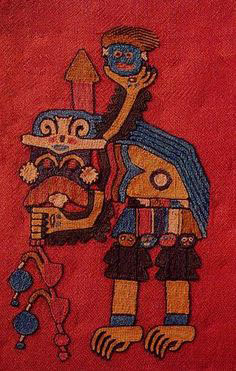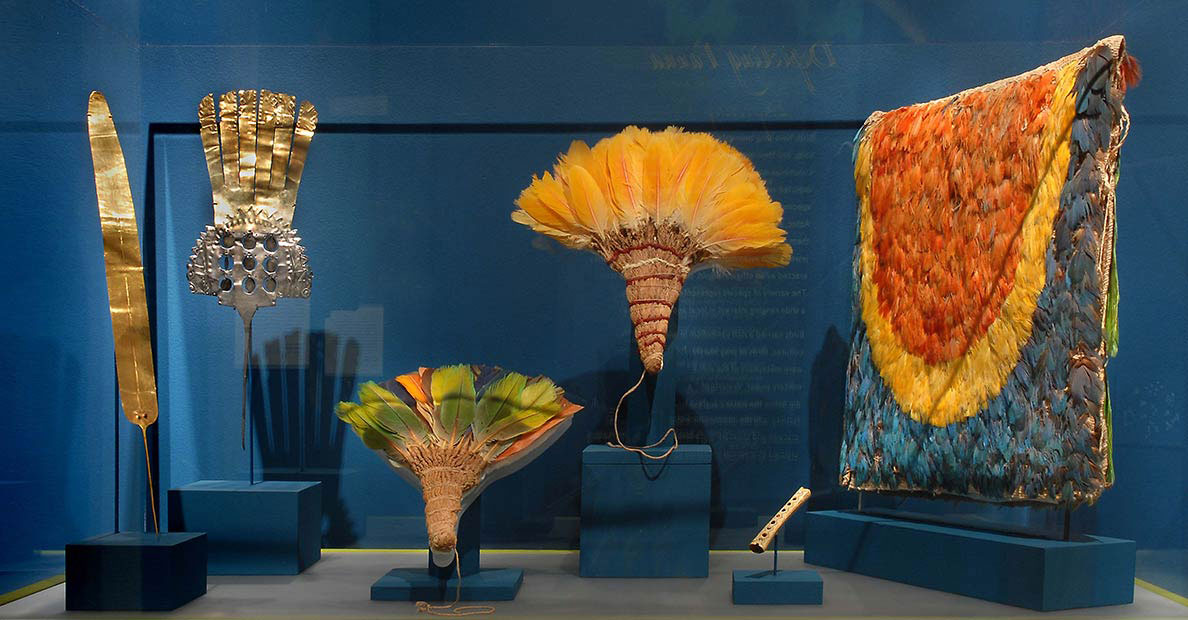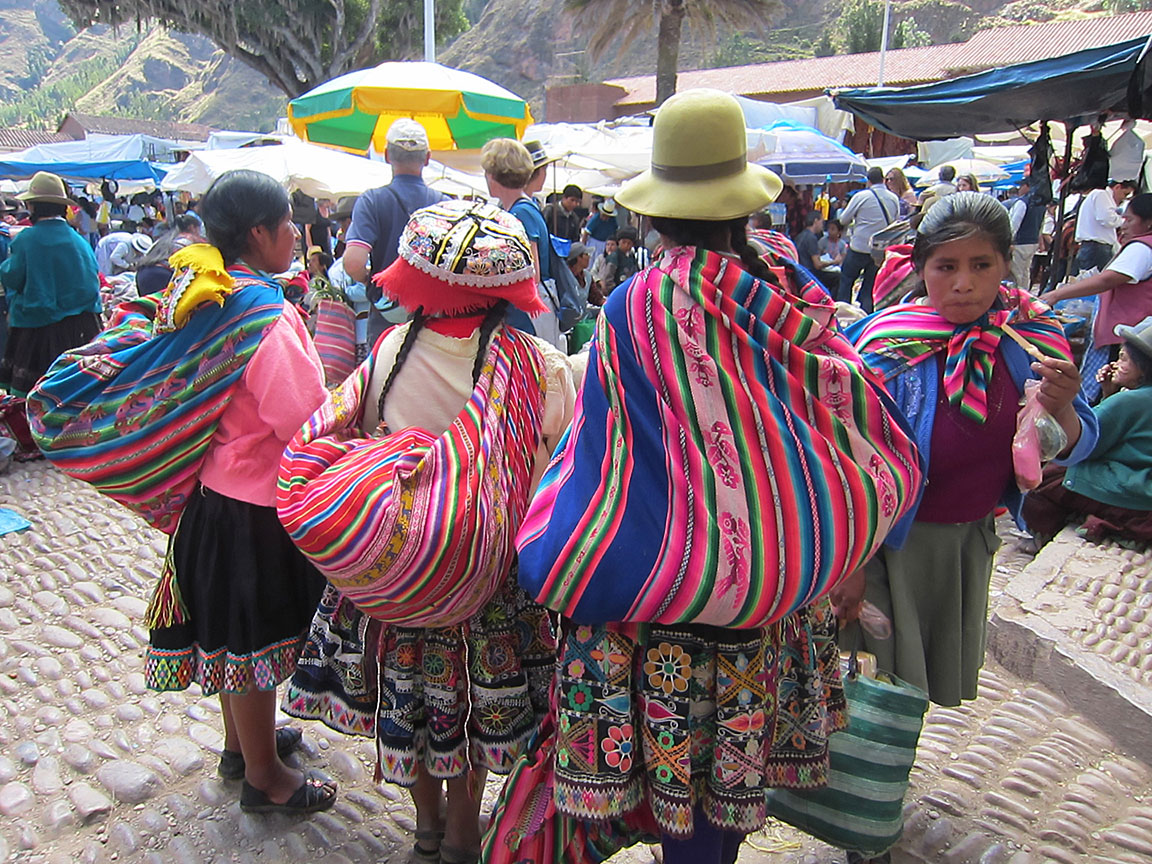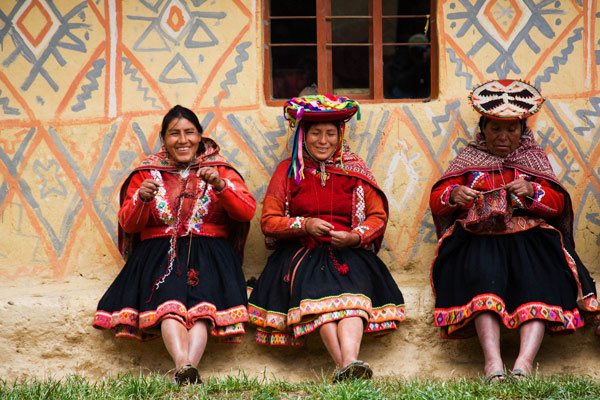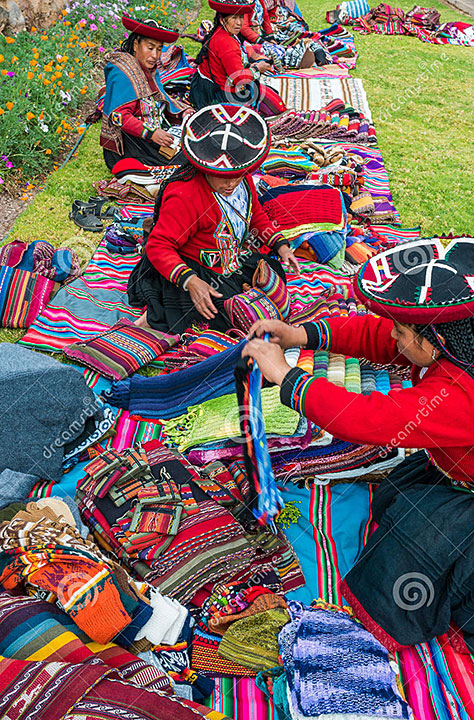Oriental Rugs Dictionary
Pre Columbian, South America
Peruvian weaving has one of the longest histories in the world. The valleys of Chancay in the central costal region have produced a great variety of sophisticated items, and Chancay culture (100 B.C. _ A.D. 1220) cultivated cotton for dyed pattern cloth. Peoples in the high altitudes of Arica, Paracas, and Mazca cultures used wool from Lamas and vicunas. The Incas (1430 _ 1532) inherited 3000 years of weaving skills and traditions, weaving the finest textiles for burning as ritual offerings. South America has a wide variety of raw materials and techniques; with witch they make clothing, woven furnishings, and decorative items.
Fibers from trees, plants, shrubs, bird feathers, linen, and cotton were all used in the pre Columbian period: Lama, alpaca, and vicuna were used some3000 years ago.
Per Columbian wavers produced a great variety of fabrics, including flat weaves.
Today, textiles still play an important role in everyday life. Each region has its own individual yarns, methods of weaving, and designs. For example, in the Aymara cultures of the islands of Lake Titicaca, each family owns four different types of colorful costume for work, leisure. weddings and festivals. In Peru, Bolivia, Ecuador, and Colombia, both women and men have particular costumes. Andean peoples still principally use camelid wools, which can be spun into fine, shiny yarn that has a texture not unlike silk. Rugs, wall hangings, and other items of woven furnishings are now made in several centers, including, Tintorero in Venezuela, La Guajira and San Jacinto in Columbia, Otarolo in Salasaca, Ayacuocho and San Pedro de Cajas in Peru, Villa Ribera in Bolivia, Santa Maria de Catamarca in Argentina, and Timbuba in the north Brazil. Almost all are designed for sale to Europe or North America.
